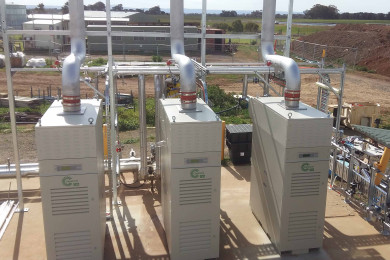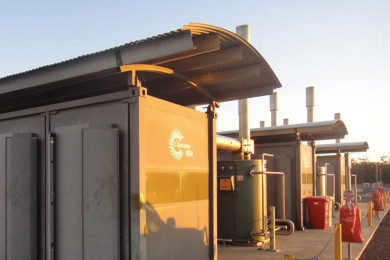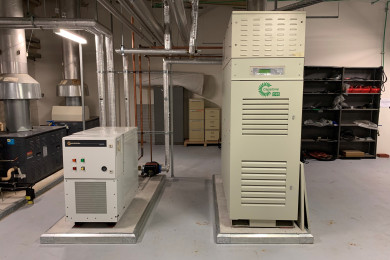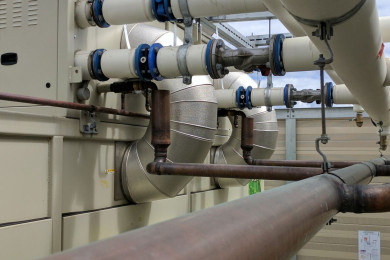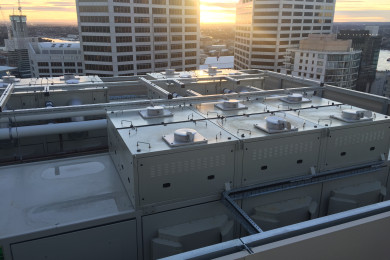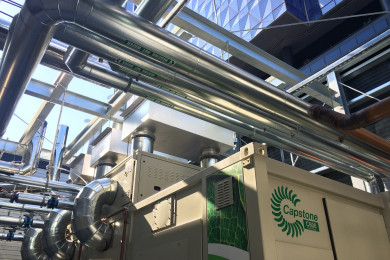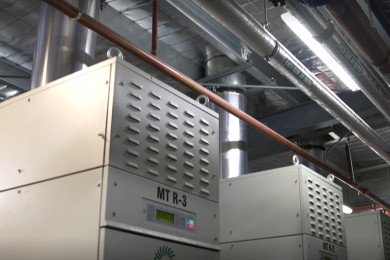Cogeneration
The thermal energy derived from power generation can be effectively recuperated for various practical applications. The clean exhaust emissions can be directly employed for processes like drying or captured as hot water through a Heat Recovery Module (HRM). Furthermore, it can be transformed into steam utilising a Heat Recovery Steam Generator (HRSG) or serve as combustion air for burners. Such cogeneration applications can result in package efficiencies of up to 95%.
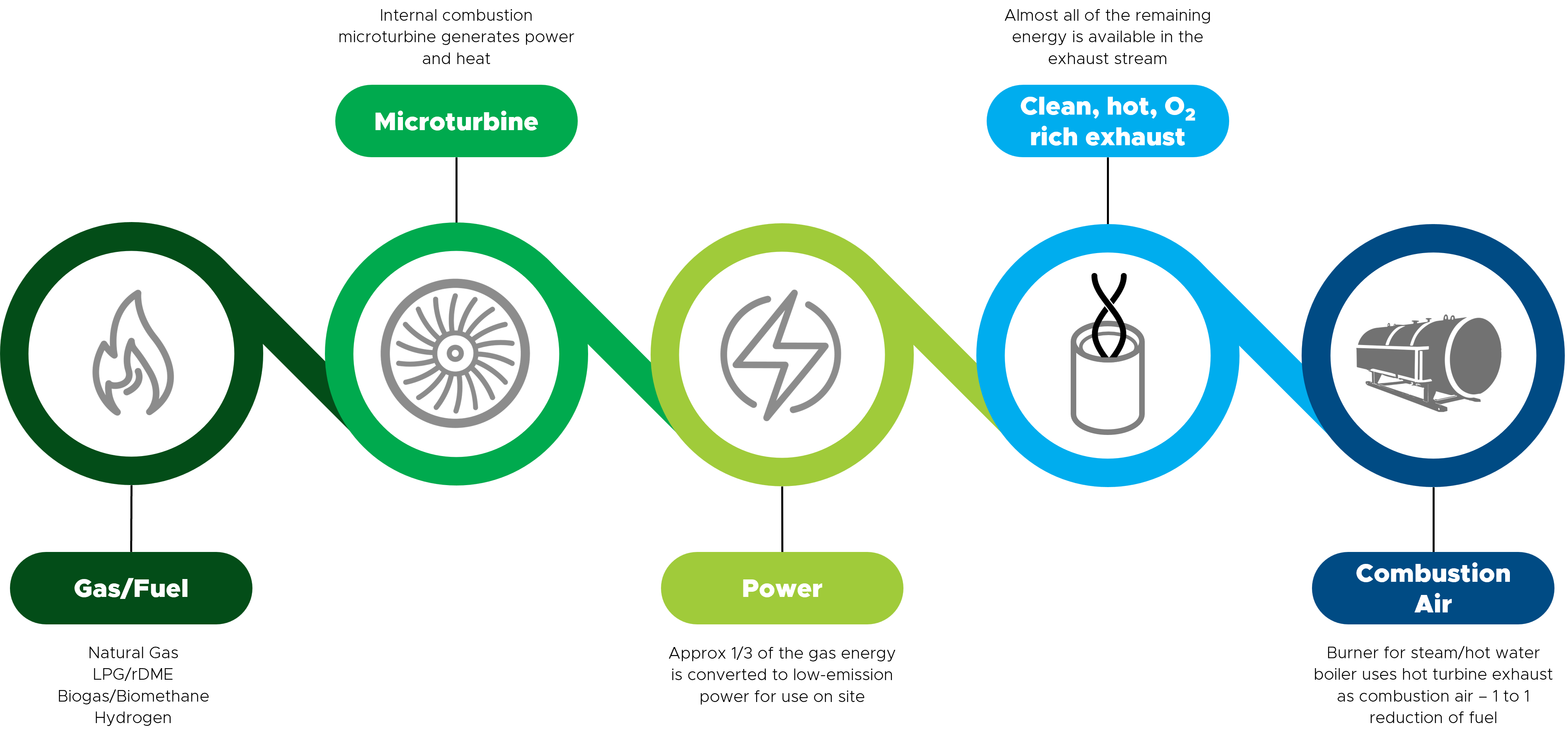
Capstone Microturbines are capable of both power generation and the generation of clean heat in their exhaust stream. The exhaust contains 18% oxygen, with low levels of NOx, CO, and VOCs, suitable for use in drying processes, such as spray drying, timber treatment, or paint drying.
The 18% oxygen content in the exhaust enables its use as combustion air for burners, which, in turn, significantly reduces the need for additional gas in the production of process heat. A range of aftermarket burners is available for both greenfield applications and retrofitting existing plants, facilitating the utilisation of this exhaust heat.
Additionally, the exhaust can be used to produce hot water through a simple hot water addition, effectively offsetting the gas or power typically consumed in generating hot water for domestic, industrial, or process heating, as well as feed water heating for steam boilers.
For those interested in low-pressure steam generation, a Waste Heat Steam Generator (WHSG) can be integrated into the turbine exhaust system. The inclusion of a duct burner can enhance the efficiency of this application, while a modified burner can utilise the microturbine exhaust to preheat the combustion air.
The following are some of the locations in which a combined power and heating solution has been implemented:

